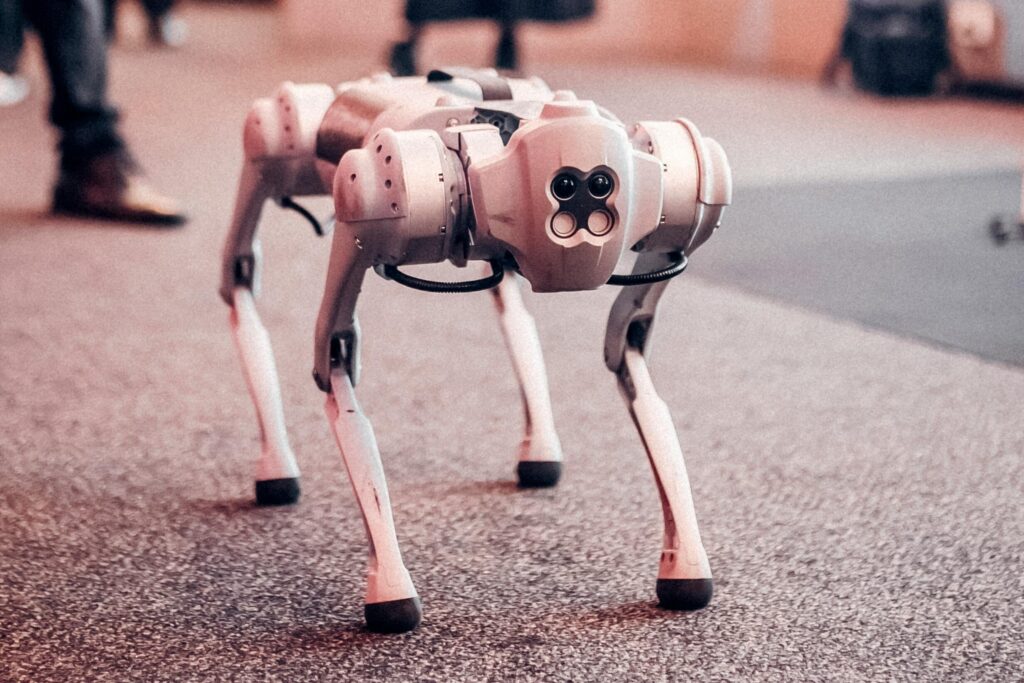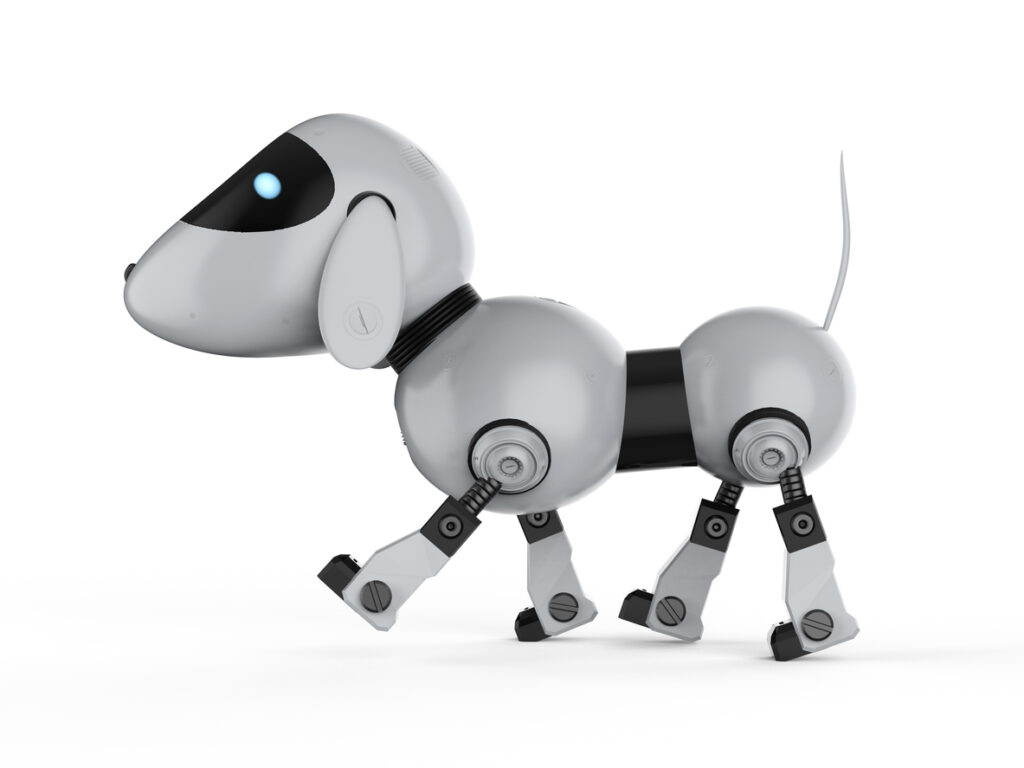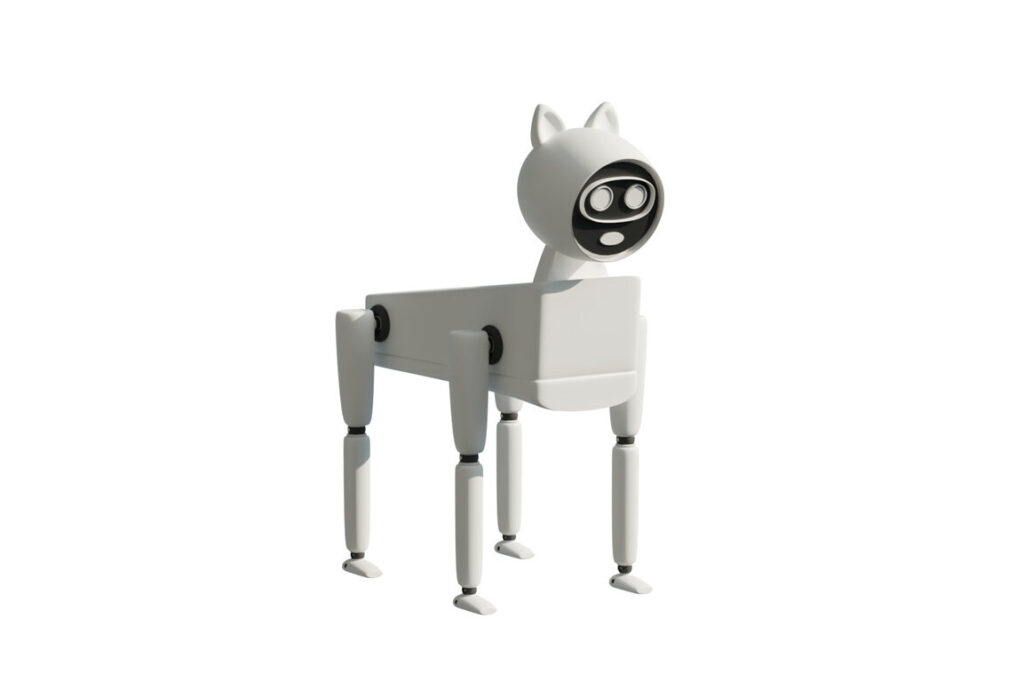They’re Testing the Boundaries of “Real.”

At what point does affection stop being “fake”? Is love still love if it’s programmed? AI pets are forcing us to confront those eerie questions we usually leave to late-night Reddit threads or Black Mirror episodes. When a robot purrs in your lap or licks your virtual hand, and you feel comforted—isn’t that feeling real? Some experts argue that AI companionship is more about the experience than the entity. And honestly, they might be onto something. After all, kids form deep emotional bonds with teddy bears and imaginary friends. The brain doesn’t always care if something’s “real” as long as it feels right.
But there’s a catch—when AI pets mess up, there’s no moral compass. No guilt. No apology. Just a system reboot. That can feel unsettling, like loving something that can’t love you back in a way that matters. We start to blur the line between companionship and performance. And the deeper we go down this rabbit hole, the more we have to ask: are AI pets changing our understanding of love—or just cheapening it?
They Can “Feel” You—Kind Of.

Meet Moflin: the AI pet that vibrates, chirps, and snuggles like a tiny alien furball trying to win your heart. With its fuzzy body and algorithm-based personality, it learns your emotional patterns over time. Give it affection, and it “warms up” to you. Ignore it, and it sulks like a teenage raccoon. It’s cute, it’s responsive, and it doesn’t poop—what’s not to love? Well… maybe the part where it’s not actually alive. There’s a weird hollowness when you realize Moflin doesn’t really miss you—it’s just coded to act like it does. That kind of emotional imitation can tug at your heart, but it also leaves a strange aftertaste. You’re not bonding with a being—you’re syncing with a script.
It’s like dating someone who only responds with emojis. Sweet, sure, but a little soulless. Still, it’s an impressive first step. And if you think emotional mimicry is as far as it goes, buckle up—these bots are learning to bark. The tech world is charging ahead, with AI pets becoming more lifelike with every software update. But as they inch closer to realism, one question keeps wagging at our curiosity: how real is too real?
They Speak Fluent Tail-Wag.

Robot dogs used to look like chrome nightmares from a low-budget ‘90s sci-fi film. Now? They’re acing the body language game. Take Aibo, Sony’s AI dog. It doesn’t just follow commands; it tilts its head when confused, wiggles with joy when you come home, and even sulks when scolded. It’s not just mimicking dogs—it’s studying them like an Oscar-winning actor researching a role. The goal? Emotional realism, baby. And honestly, it’s unnerving how good they’re getting. Watching Aibo scamper across the room is like seeing a Pixar character leap into your living room.
One minute you’re giggling at its mechanical play-bow, the next you’re comforting it because it “looks sad.” But here’s the twist: Aibo doesn’t know it’s sad. It just knows you like when it looks that way. Charming? A little. Manipulative? Absolutely. It makes you wonder—are we responding to the dog, or to our own projection of love? As these bots master mimicry, they’re not just tricking our eyes—they’re hijacking our empathy.
Loyalty You Can Unplug

Real pets love you unconditionally—whether you’re rich, broke, tired, or rocking day-four dry shampoo. But AI pets? Their love has a battery life. You could be mid-cuddle and boop, they shut down like your laptop during a Netflix binge. Still, many people—especially those with allergies, limited mobility, or busy schedules—are genuinely embracing AI pets as loyal companions. And to their credit, AI pets won’t judge your karaoke or bark during your Zoom calls. They’re the ultimate no-maintenance roommates. Plus, you won’t ever have to clean up after an AI pet or feel guilty for leaving it home alone.
But it’s hard to escape the feeling that they’re… pretending. Like a friend who always agrees with you because they’re scared to disagree. Comforting, sure, but not entirely authentic. And yet, even knowing it’s all code, people are bonding with these bots. We’re emotionally wired for connection—even if it’s synthetic. It’s easy to forget the pet isn’t alive when it tilts its head or wags its tail on cue. But before you get too cozy, brace yourself—because the next stop on this robo-pet ride? Existential crisis territory.
They’re Practically Therapists (But Without the License)

Some AI pets are being used in therapeutic settings, especially for seniors or individuals with dementia. The results? Surprisingly heartwarming. These bots offer routine, comfort, and even help ease anxiety. They’ll coo when petted, respond to soft voices, and some even simulate slow breathing to calm you down. It’s like having a furry mindfulness coach, minus the meditation playlist. Care homes report that residents engage more, smile more, and sometimes even speak more around their robotic companions. It’s proof that emotional connection doesn’t always come from a pulse. Sometimes it just needs a really convincing algorithm.
But as heartening as it is, it also raises a tough ethical question: are we comforting people with connection—or illusion? The line between therapy and trickery starts to blur. Could relying on AI pets for companionship numb us to the value of real human or animal interaction? Or worse, replace it entirely? It’s not far-fetched to imagine a future where care becomes more machine than human. And while machines don’t burn out, they also don’t feel joy or grief. So as these synthetic sidekicks prove their worth, we must ask—are we solving loneliness, or just making it easier to ignore?
They’ll Never Die

Let’s face it—one of the hardest parts of pet ownership is saying goodbye. But AI pets don’t die. They just update. Or get upgraded. Or get sold on eBay. There’s something oddly comforting about that—no vet bills, no grief, no sad walks with an empty leash. You get all the warm fuzzies without the heartbreak. But at the same time, death is a part of love. It gives relationships weight, urgency, meaning.
With AI pets, there’s no final chapter—just infinite chapters you can rewrite or restart. Which begs the question: if there’s no end, is there ever really a beginning? Can you truly cherish a moment if you know it can be rebooted at any time? There’s something sacred about fleeting time with a real pet, something that makes every cuddle count. AI pets may spare us pain, but they also spare us the depth. It’s the difference between a song on loop and one that ends too soon—and stays with you forever.
So, Can They Replace Real Pets?

Short answer? No. Long answer? Not yet. AI pets can mimic, entertain, and even comfort. But replace the squishy, slobbery, chaos-filled magic of a living animal? That’s a tall order. Real pets are messy. They bark at nothing, knock over your plants, and stare into the void like they see ghosts. But they also come with raw, unpredictable affection. Love that’s alive, not programmed.
Still, AI pets are finding a unique space—not as replacements, but as companions for those who need something different. They offer accessibility where real pets can’t. They serve as social bridges, emotional anchors, and yes, occasional comedy relief. They’re not trying to be better than pets—they’re trying to be something else entirely. Maybe, in the end, it’s not about replacing love. Maybe it’s about expanding how—and where—we find it.


